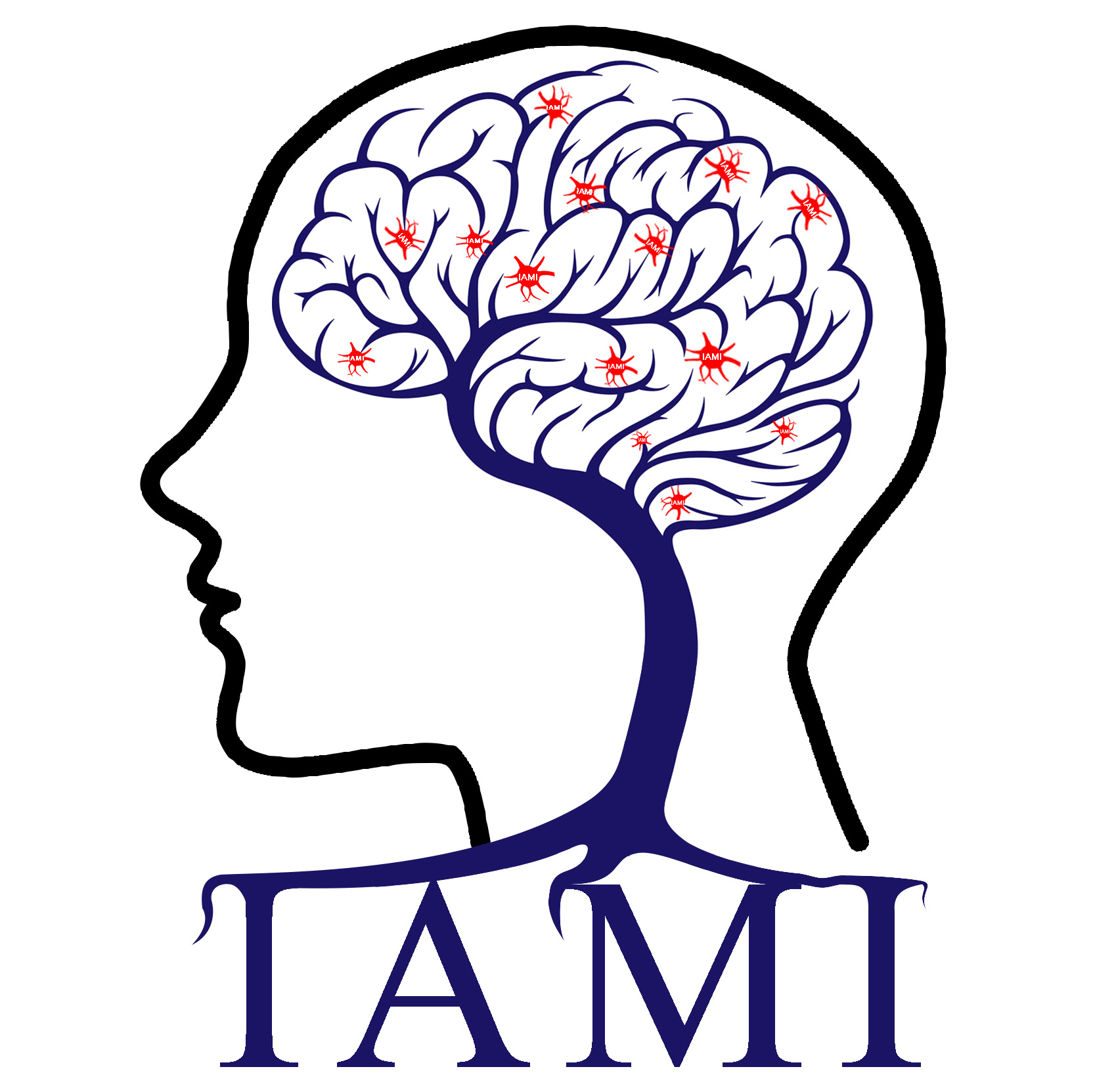
杜宇慧个人网页---智能医学图像分析
地址:中国, 太原
Mustafa S Salman, Yuhui Du*, Eswar Damaraju, Vince D Calhoun*. Group information guided ICA shows more sensitivity to group differences than dual-regression. IEEE International Symposium on Biomedical Imaging, 2017, 362-365.
时间:2019-06-12 16:44:52 来源: 点击:[1117]
Abstract
Prior work has reported that brain functional networks can be utilized to differentiate healthy subjects and patients with mental disorder. Group independent component analysis (GICA) is a widely-used data-driven method for extracting brain functional networks from resting-state functional magnetic resonance imaging (fMRI) data of multiple subjects. GICA approaches estimate the group-level independent components first, then back-reconstruct the subject-specific networks and their associated time courses based on the group-level independent components. To estimate the subject-specific networks, previous studies have employed PCA-based, regression-based (e.g. dual regression or spatio-temporal regression (STR)) and group information guided ICA (GIG-ICA) methods, among which dual regression and GIG-ICA can be used to yield the subject-specific networks for additional subjects. However, it is largely unknown which GICA method is more sensitive to subtle group differences between controls and patients. This paper aims to evaluate the efficacy of identifying biomarkers from the subject-specific networks and time courses estimated from STR and GIG-ICA using fMRI data of healthy controls (HCs) and schizophrenia patients (SZs). Regarding the measures from functional network maps, GIG-ICA revealed markedly greater differences between HCs and SZs than STR. Furthermore, the interaction among networks (i.e. functional network connectivity) also showed more group differences using GIG-ICA method, compared to STR. In summary, our work suggests that while both methods provide similar overall conclusions, GIG-ICA, which estimates individually tuned components based on higher order statistics is more sensitive to group differences and biomarker detection than STR.

 您当前的位置:
您当前的位置: